From Yelp to TripAdvisor and everywhere in between, today’s traveler loves their review sites. 80% read online reviews before making a booking decision, 79% say they trust online peer commentary as much as word-of-mouth recommendations, and 93% say they consider it influential in where they stay and play. Combine those stats with the fact that 62% say that seeing a hotel respond to reviews, whether good or bad, makes them more likely to book there versus a non-responsive location; and it’s clear that reputation management is not something modern hotels can afford to ignore. However, given the myriad of sites out there, it can be overwhelming to break into the game. Take a look at the below guidelines to ease the process and streamline a communications plan to stay on top of your digital presence… and increase revenue.
Where to begin?
As mentioned, there are tons and tons of travel review sites floating around the web. At least as you’re getting started, stick to Yelp and TripAdvisor, which are some of the most heavily trafficked. These “Big Two” are the first places travelers are likely to look when researching a trip (especially TripAdvisor), and are your best use of time in terms of establishing a solid rapport with past and potential guests.
When should I post?
I recommend checking your reviews at least once or twice a week – Monday and Thursday is a good schedule to stick to. This gives you the opportunity to catch post-weekend rushes, as well as tackle one-offs or those who are catching up mid-week. It’s also helpful to create a Word doc or something similar to track each review and your response. If you ever need to refer back to a specific review or can’t complete a full run of replies in one fell swoop, it’s a great resource to simplify the process and hold yourself accountable. Another fantastic tool is Revinate, which (among other things) can track TripAdvisor sentiment and send you daily or weekly alerts. Daily is ideal – it can signal a need for immediate response on a “day off.”
But there are so many reviews… do I have to respond to all of them?
Actually, no. The main purpose of reputation management is first and foremost to ensure that any negative reviews are acknowledged and handled as appropriate. The second is to take an active role in the direction of your business – which doesn’t mean responding to every single comment posted. Even reviewers don’t expect that.
An easy rule of thumb is responding to all negative reviews and about 30-40 percent of positive reviews. If someone takes the time to write a lengthy note of praise or say specific team members were particularly helpful, return the favor with a thank you (and be sure to pass the good news along to deserving staffers).
What if I get a nasty comment?
It’s not if, it’s when. Even five-star hotels with exquisite service will get bad reviews from time to time – you can’t make everyone happy. Some things to keep in mind:
- Always acknowledge – Travelers will pay more attention to negative reviews and how they’re handled than positive ones
- Know your common pain points – Many properties have issues that are a regular gripe for guests. Some things, like wifi speed in a remote location, you can’t do a whole lot about. However, if you can do something, take heed and make the steps to work on it. The repeat reviews will decrease, and guests will note that you take comments seriously.
- Assess the situation – Some negative reviews are straightforward and not all that serious, surrounding complaints like, “I didn’t like the wine selection” or “the wifi was too slow.” In this case, a simple, “we’re so sorry to hear that you felt X was X, and we appreciate your feedback” will suffice. However, with something heavier, like “my room was filthy” or “I got food poisoning from the restaurant,” you’ll need to invest a little more time. Draft a simple response that shows you’re taking action, but take things offline from there – you don’t want a reputation management conversation going any further than that in front of other patrons. Privately message the guest with the appropriate contact information, and be sure staff promptly responds to their concerns – and makes things right. Often, you’ll see a review update praising a satisfactory response to an issue.
- Stand up for yourself – It’s an unfortunate fact, but sometimes, people lie about or greatly over-exaggerate situations. If something doesn’t seem quite right, check with members of the hotel team who may be better in the loop for any further insight. If you know a comment isn’t true, it is absolutely acceptable to (politely) correct the guest.
- Choose your words – You stand behind your hotel, so show it in your verbiage. Most of the time, I recommend saying things like, “we’re sorry you felt X didn’t happen.” This acknowledges the guest’s feelings, but doesn’t necessarily fold to their opinion. However, some things are undeniably frustrating and unacceptable, like being ignored while checking in or waiting an hour for food at dinner. In this case, switch things up to convey apologies and understanding.
- Lose the canned responses – I am a fan of putting together a document of common issues and sample replies to look back on. However, I do not support using the exact same responses each time – it’s not authentic and an obvious corner-cutter. You’re already taking the time and effort to manage your responses. Do it well.
What about social media?
Social media channels like Facebook and Twitter can act as another mode of reputation management, and most brands already have a solid presence there. Be sure to monitor avenues like messages, comments, direct tweets, hashtags and @ mentions (although this should be built into any social strategy already) for feedback or questions from guests, and develop a procedural plan with your team to outline who responds to what, what timeframes should be followed and any other expectations. Platforms like HootSuite, Simply Measured and many more offer a range of options to simplify your social listening efforts. Departing slightly from the response algorithm for review sites, always respond to messages (like on Facebook) and engage with commentary as much as possible – it is social media, after all! But the same goes for any contentious or lengthy conversations – after the initial connection, take them offline.
It also doesn’t hurt to leverage guests’ travel plans for greater brand reach. Flip.to is a great way to encourage travelers to discuss their upcoming stay with their networks without icky, back alley trades or an in-your-face sales pitch. The platform, which reports 15% of users will transition to become brand advocates, employs sleek landing pages and simple content to connect with guests without ever leaving a hotel’s website.
Reputation management is a crucial tool for staying on top of public perception and presenting a caring, engaged demeanor to guests in all stages of the sales funnel. With a bit of organization and a strategy behind your approach, you’ll be ruling the digital travel world in no time.

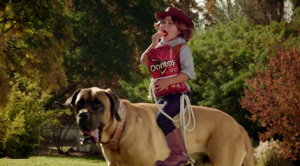


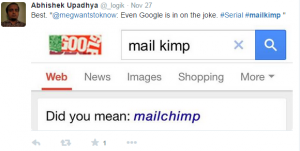
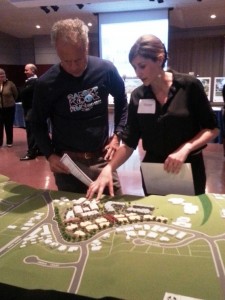
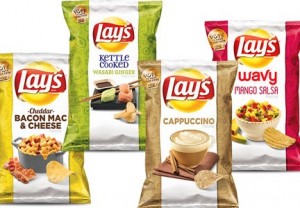




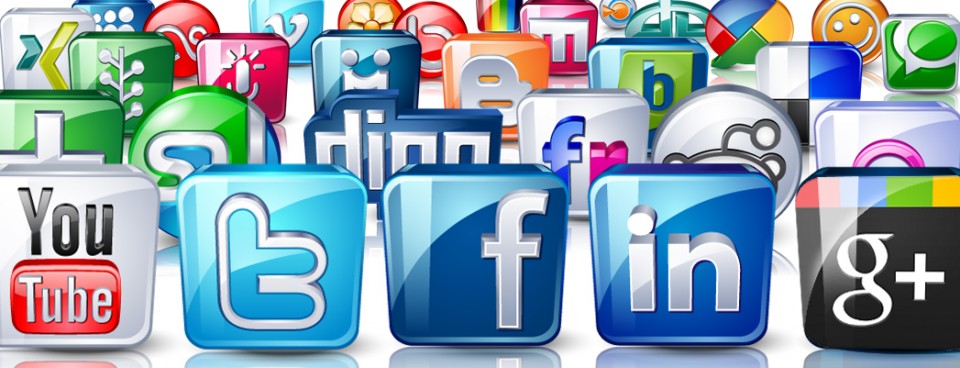
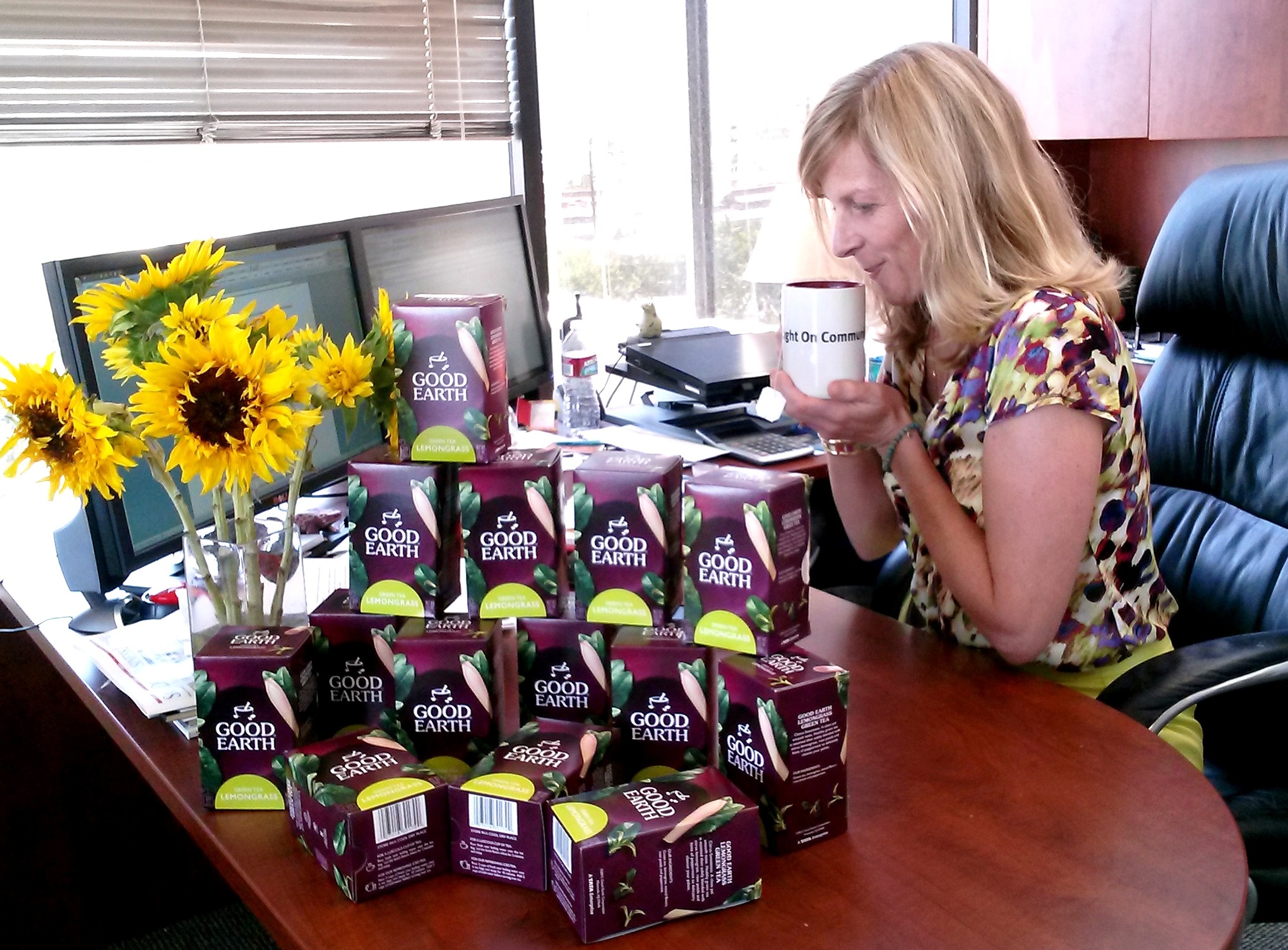
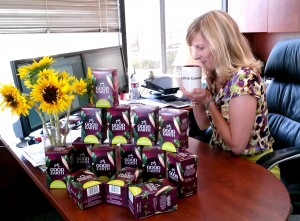


 Grant Wright
Grant Wright






 Corie Fiebiger
Corie Fiebiger
 Shae Geary
Shae Geary Roman Lukjanenko
Roman Lukjanenko Phelan Riessen
Phelan Riessen Katrina Early
Katrina Early Hamish Marshall
Hamish Marshall